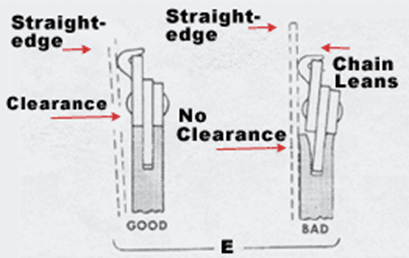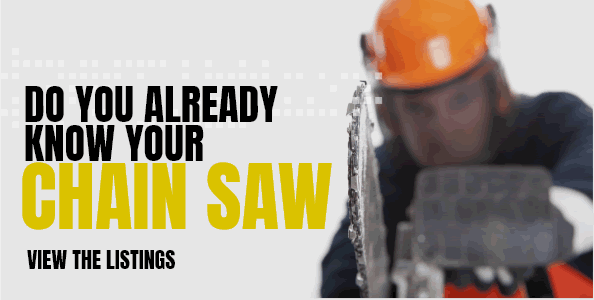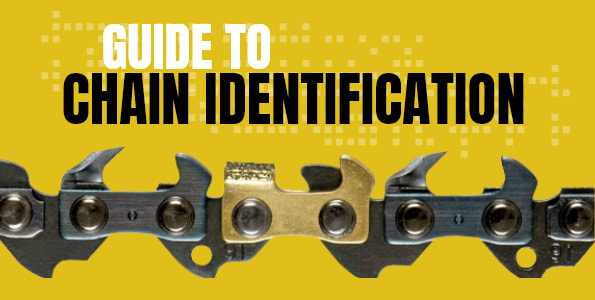Bar Troubles
Bar maintenance is a very critical factor in the operation of today's high speed, high-horsepower saws.
Stop for a moment and think about how much chain is traveling around the bar in one second's time. About 80 feet of chain pass one spot on the bar in one second. Over an hour's time, that amounts to almost 100km/h of chain. Given this speed and the light lubrication which the chain and bar receive, both the bar and chain are subject to wear through normal use.
Where conditions of abnormal wear exist, they are often the result of poor maintenance practices. The faults are usually poor sharpening of cutters, loose chain tension, or inadequate bar and chain lubrication.
The wear pattern on the bottoms of cutters, tie straps and drive links generally reflects the condition of your bar. Regular inspection of the chain will point out the need for corrective maintenance. Correct problems immediately and you can avoid further damage, or replacement of the bar or chain, or both.
Here are some examples:
1. If the bottoms of the drive links are worn flat, like the shaded area, the bar groove is shallow either in the tail or straight section of the bar. (see A)

2. If the bottoms of the drive links are worn concave, the bar groove is shallow in the bar nose. Most likely, the wear resistant alloy material on the hard-nose bar has worn off. (See B)
3. If the bar rails are not flat and square, the chain parts will wear like this. (See C)

4. If the bar rails are uneven, the chain parts will wear like this. (See D)
How to check bar groove wear:
First, tension the chain. Then, place a straightedge against the bar and the cutting edge of one cutter. Force the cutter sideways as far as it will go. There should be a 1/16 to 1/8-inch gap between the straightedge and the side of the bar. The chain should be supported squarely by the bar rails. If it isn't, it's time for a new bar. (See E)

To get better service from your bar, check it daily for the following:
1. Bar rails flat and even. Both rails must be flat and square with the sides of the bar. The original shape or contour of the bar must be maintained. (See F)

2. Correct bar groove width and depth. The groove width should be from .002" to .005" wider than the gauge of the chain being used. Groove depth should range between a minimum of 5/16" and a maximum of 27/64". (See G)
3. Check your bar by sighting down it to see that it is straight. A bar can be bent in an operating accident and the user will not be aware of it. Bent bars should be straightened immediately or further damage will occur to both bar and chain.
General maintenance techniques:
Because the chain and bar operate together as a team, a few simple practices can make them both run efficiently.
- Keep your cutters sharp and touch them up frequently.
- File the cutters evenly. Be sure the filing angles are the same on the left and right sides.
- Keep your depth gauges even on both sides of the chain and at their recommended settings.
- Use plenty of bar and chain oil. Oil is cheaper than either a new bar or chain!
- Remove the bar periodically and clean accumulated sawdust from the oil hole and bar groove. Turn the bar over regularly.
- Tension the chain properly, just tight enough to be able to pull around the bar by hand. Check the tensioning frequently, but not while the chain is hot; wait until the chain is cool to the touch.
At a speed of 85 km/h, four hours of saw running time means 300+ km of chain passing over the bar. Attention to the condition of the chain and bar, plus frequent lubrication, will safeguard your equipment.


